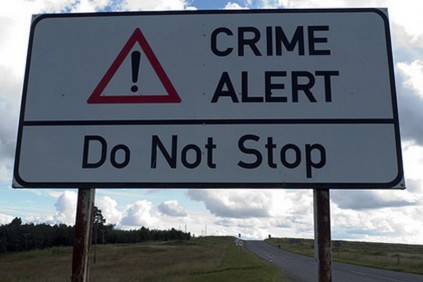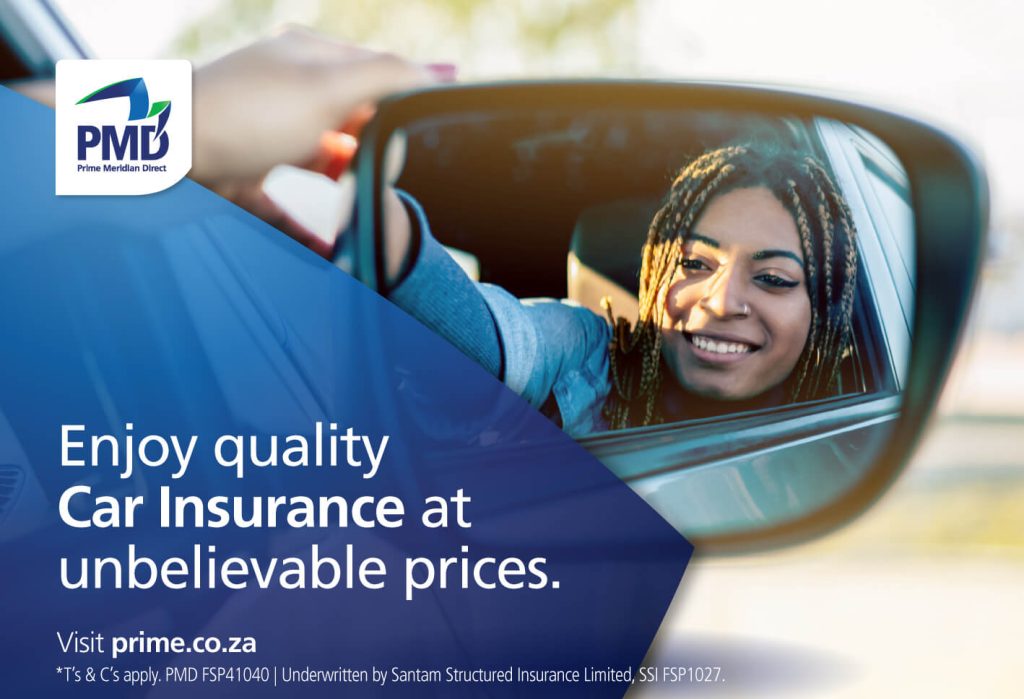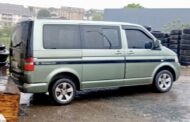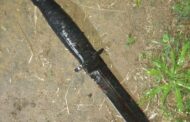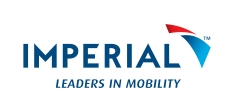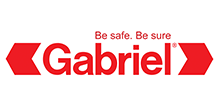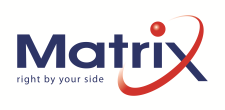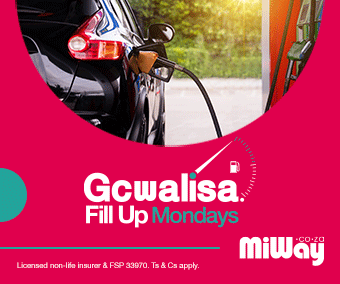Hijacking networks in South Africa supply vehicles to neighbouring countries such as Zambia, Zimbabwe, Botswana, Namibia, Eswatini, and Mozambique. Learn more about which cars are the most hijacked in South Africa according to a BusinessTech article of 28 October 2022.1
Some Hijacking Statistics
From April to June 2022, there were 5,866 hijackings. Based on these hijacking reports, a car is hijacked every 22 minutes in South Africa. Hijacking has increased mainly because of the increased volume of cars returning to work after the end of the pandemic. Keyless car theft is also on the increase. 1
How Do Hijackers Operate?
Hijacking syndicates receive requests for a specific type of car which hijackers in South Africa then seize. Cars either cross a border normally or through a fence hole. Syndicates receive payment in the form of illegal chemicals for drugs, tobacco or even in foreign currency. 1
Criminals Target Large SUVs Or Luxury Vehicles
Hijackers smuggle these vehicles out of the country, but smaller cars like the VW Polo usually stay in South Africa for sale on the local market. 1
What Are Hijacking Syndicates Like?
Syndicates are ruthless and sometimes kidnap occupants who are still in the car. Hijackers keep track of potential victims’ movements so that they know when it’s best to strike. Criminals usually carry two identification documents to deceive border patrols. 1
Which Cars Do Criminals Target The Most?
These are mainly Toyota and Volkswagen vehicles, which include Toyota Hilux, Toyota Quantum, Volkswagen Polo, and Nissan NP200. 1
Additional Cars Targeted By Syndicates
These include Toyota Fortuner, Toyota Yaris, Toyota Etios, Ford Ranger, Ford Figo, and Nissan Navara. 1
When Do Hijackings Usually Occur?
Hijackings tend to occur between 16h00 – 20h00, from Wednesday to Friday. Criminals target vehicles with no drivers inside, usually on Saturdays between 11h00 and 15h00. 1
Which Provinces Are The Hijacking Hotspots?
In the lead is Gauteng, followed by KwaZulu-Natal and the Western Cape. But, according to the SAPS, Mpumalanga was the only province that showed a drop in hijackings.
Which Localities Are Hijacking Hotspots?
In Gauteng, it is Alexandra, Kempton Park, Midrand, Moroko, Sandringham, and Vosloorus. It’s Pinetown in KwaZulu-Natal, while in the Western Cape, Harare, Nyanga, and Philippi East are the hotspots. 1
How To Minimise The Risk Of A Hijacking
Despite the increase in car thefts, you can take measures to protect yourself, as shown below. 1
Owners Of Keyless Cars
Store your key fob in a safe Faraday pouch, or a fob guard. The inside of the pouch or guard has layers of metallic material which prevent fob signals from reaching criminals. If your keyless car is in front of your house inside your property, store your key fob as far away as possible from the car to prevent criminals from amplifying the signal and allowing them access to your car. 1
Park The Key-Less Car Behind A Car Requiring A Key
Another way to prevent the theft of a keyless car from your home is to park it behind a vehicle that needs a key. Motion detector lights and a CCTV camera all help. 1
What About Cars Requiring A Key
Before leaving your parked car, lock all the doors, but test the door handle to ensure it’s locked. This is because a jamming device can block the key’s signal. 1
Choose Your Parking Spot Wisely
Park your car in a well-lit area, preferably with several cameras in close vicinity. 1
Other Deterrents
Even though many cars already have factory-fitted immobilisers, it’s still safer to have another immobiliser installed. The ‘old-fashioned’ steering wheel lock still effectively protects cars and acts as a visual deterrent. 1
Disclaimer
This article aims to show you the most hijacked cars in South Africa. 1
Should you ever fall victim to a hijacking, make sure you have adequate car insurance. There’s nothing worse than continuing to pay your monthly instalments for a car you no longer have. Using our world-class client service, we at PMD can inform you about our affordable car insurance products. They come with unique benefits, such as fixed premiums* and a reduce-to-zero excess*. T’s and C’s apply.
When buying a financial services product, it’s best to consult a certified financial advisor for professional advice.
Source:
This article was prepared by Eric Sandmann in his personal capacity. The views and opinions expressed in this article are the author’s own. The views and opinions in the article should not be attributed to anyone but the author unless expressly stated. Nothing in this article should be relied upon as advice, this publication is presented for informational purposes only. No person should act or refrain from acting in reliance on any information found in this article, without first obtaining proper financial advice from the appropriate professional. The author makes no claims, promises or guarantees about the accuracy, or completeness, of any information linked from, referred to, or contained in this article. The author reserves the right, to edit and change the content of this article.

